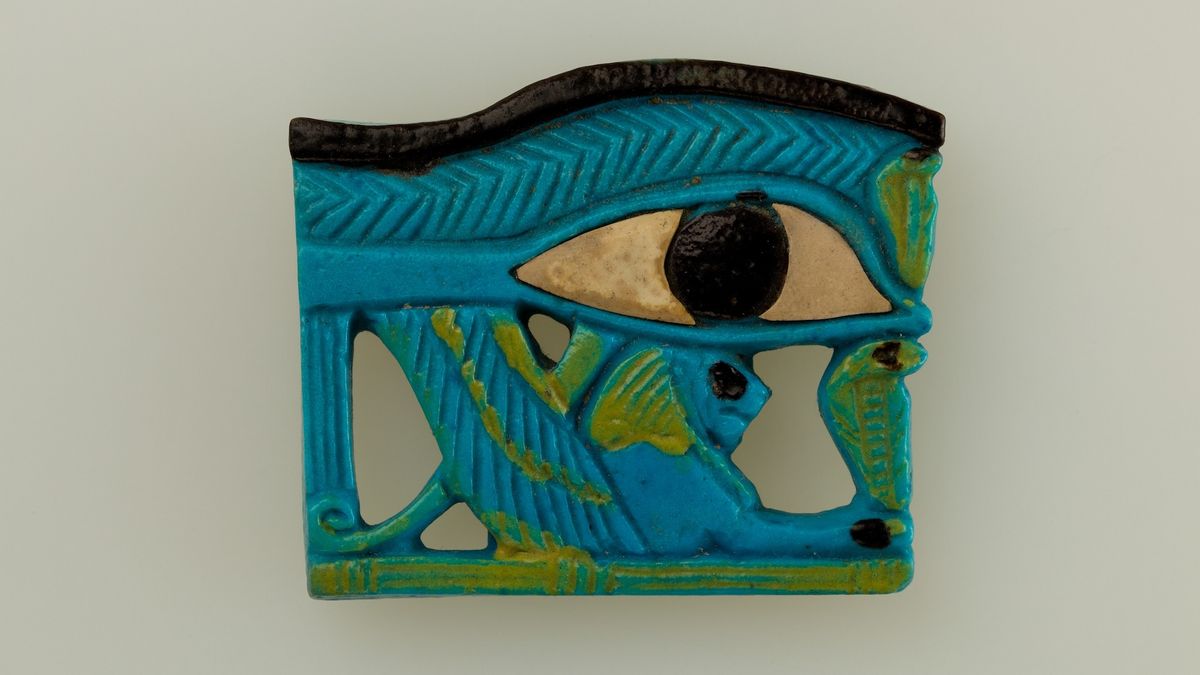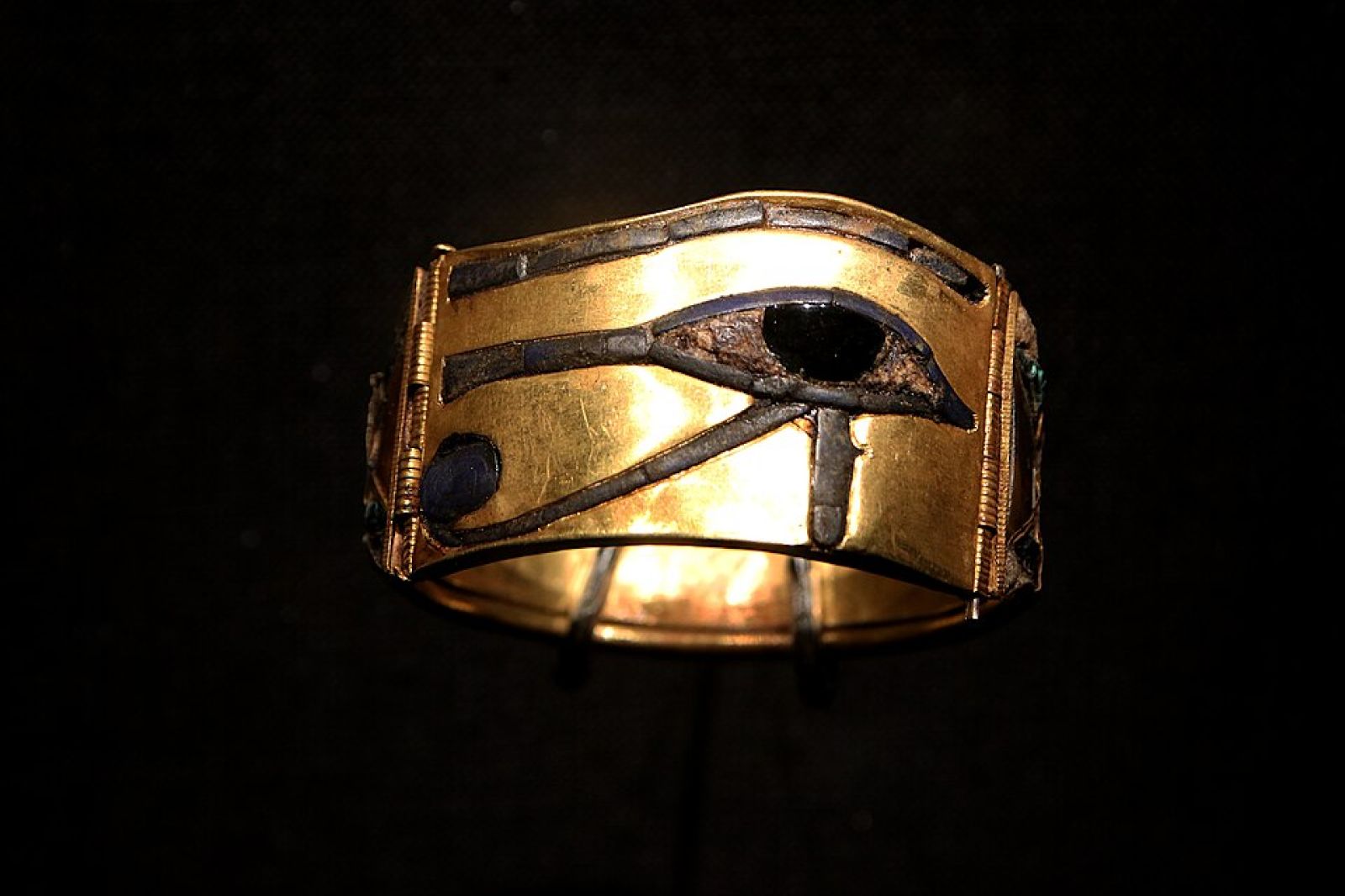Follow us on Google News (click on ☆)
In Egyptian mythology, Horus, son of Osiris, lost his left eye during a battle with Seth for the throne of Egypt. Thoth, the god of wisdom, restored it, transforming this eye into a symbol of healing and protection. This mythical episode explains the significance of the Eye of Horus in funerary rites.
The wedjat amulets, representing the Eye of Horus, were placed within the mummy's wrappings to ensure their integrity in the afterlife. This practice, evolving over three millennia, demonstrates the enduring presence of this symbol in Egyptian culture. The Egyptians saw it as a guarantee of health and wholeness.
The association of the Eye of Horus with the phases of the moon enriched its symbolism. This celestial connection enhanced its appeal, making it an emblem of rebirth and eternal cycles. The moon's changing light reflected the mutilation and restoration of Horus' eye.
The appearance of the Eye of Horus around 2200 BCE coincides with the canonization of Egyptian religious beliefs. This symbol became a central element of funerary iconography, allowing the deceased to maintain a connection with the world of the living.

Wedjat amulet featuring the Eye of Horus, dating between 1070 and 664 BCE, displayed at the Metropolitan Museum of Art.
Credit: Purchase, Edward S. Harkness Gift, 1926; The Met; CC0 1.0 Universal
The versatility of the Eye of Horus makes it a unique symbol, encapsulating notions of protection, healing, and cosmic connection. Its prolonged and varied use illustrates its importance in Egyptian spirituality. Today, this motif stands as a powerful emblem of Ancient Egypt.
Why is the Eye of Horus associated with the moon?
The Eye of Horus is linked to lunar cycles due to the mythology surrounding its mutilation and restoration. This event mirrors the phases of the moon, symbolizing the loss and return of light.
In Egyptian texts, the restoration of the eye by Thoth is often compared to the moon's monthly rebirth. This analogy reinforces the cyclical and regenerative nature of the symbol.
The Egyptians observed a correlation between health, protection, and natural cycles, integrating these concepts into their religious iconography. The Eye of Horus, as a lunar symbol, embodied these ideas.
How did wedjat amulets protect the deceased?
Wedjat amulets, depicting the Eye of Horus, were inserted into mummy wrappings to ensure protection in the afterlife. They acted as a magical barrier against malevolent forces.
These amulets were often placed near incisions made during mummification, invoking the healing of wounds. This practice highlights the belief in the curative power of the Eye of Horus.
The presence of these amulets in tombs underscores their central role in funerary rites. They guaranteed not only the physical protection of the deceased but also their spiritual integrity.
